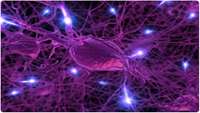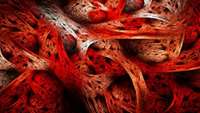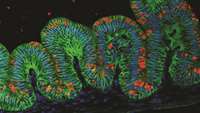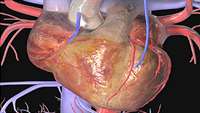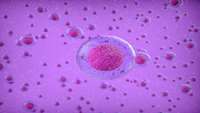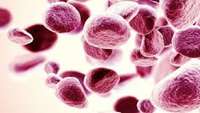Advanced maturation of human cardiac tissue grown from pluripotent stem cells
Cardiac tissues generated from human induced pluripotent stem cells (iPSCs) can serve as platforms for patient-specific studies of physiology and disease1-6. However, the predictive power of these models is presently limited by the immature state of the cells1, 2, 5, 6.
Neural stem cells derived directly from adipose tissue
Neural stem cells are characterized as self-renewing cell populations with the ability to differentiate into the multiple tissue types of the central nervous system. These cells can differentiate into mature neurons, astrocytes, and oligodendrocytes.
Stem Cells for Skeletal Muscle Tissue Engineering
Volumetric muscle loss (VML) is a debilitating condition wherein muscle loss overwhelms the bodys normal physiological repair mechanism. VML is particularly common among military service members who have sustained war injuries
Translating Developmental Principles to Generate Human Gastric Organoids
Gastric diseases, including peptic ulcer disease and gastric cancer, are highly prevalent in human beings. Despite this, the cellular biology of the stomach remains poorly understood relative to other gastrointestinal organs such as the liver, intestine, and colon.
New immune defenders added to blood cell
Our researchers have revealed the identities of new subsets of immune cells at the frontline of our bodys defenses against infection.
Cardiac progenitor cells undergo a cell fate switch to build coronary arteries
Cells switch fates and acquire new identities during organogenesis and regenerationas a critical trait, although the mechanisms underlying such conversions are poorly understood.
Manipulation of hematopoietic stem cell fate by small molecules compounds
Self-renewal and multi-potential differentiation are two important features of hematopoietic stem/progenitor cells (HS/PCs) which make them as an ideal source of stem cells for treatment of many hematologic disorders and cancers
Generation of germ cells from pluripotent stem cells in mammals
The germ cell lineage transmits genetic and epigenetic information to the next generation. Primordial germ cells (PGCs), the early embryonic precursors of sperm or eggs, have been studied extensively.
3D bioprinting technique could create artificial blood vessels, organ tissue
The study, which was recently published in the journal Nature Communications, outlines a layer-by-layer printing method that features fine-grain, programmable control over rigidity, allowing researchers to mimic the complex geometry of blood vessels that are highly structured and yet must remain pliable.
Roles of plasminogen in the alterations in bone marrow hematopoietic stem cells during bone repair
We previously revealed that stromal cell-derived factor-1(SDF-1) is involved in the changes in the number of bone marrow stem cells during the bone repair process in mice.



